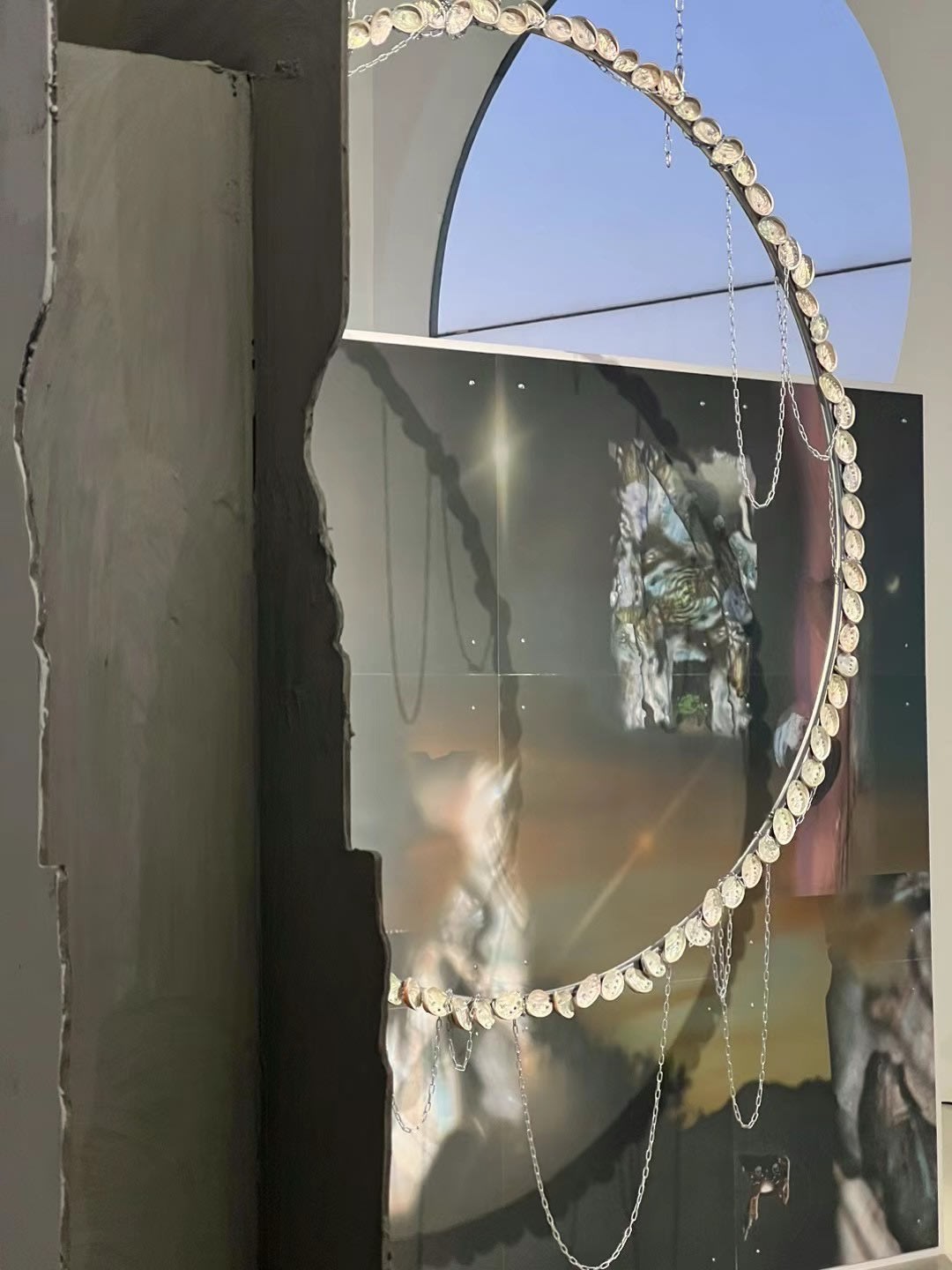Qin Xiaoshi is featured in the group exhibition One Way Ashore, A Thousand Channels at the Guangdong Times Museum.
Dates: 2 November, 2024 - 26 January, 2025
Address: Guangdong Times Museum, Huangbianbei Rd, Baiyun District, Guangzhou, China
Curated by Tan Yue, this exhibition features 16 artists and groups who, through videos, photographs, sounds, sculptures, installations, and historical materials, re-stage narratives oscillating between fictional imaginings, real dilemmas, and future speculations that weave together a multi-act play starring humans, deities, monsters, pirates, and aquatic species.
Piercing through a haze of historical doubts—from Cheung Po Tsai's treasure in the Wanshan Archipelago of Lingdingyang Bay to the boat temple of the water goddess San Po, and the Pirate Queen of Daya Bay…from the shamans of Jeju Island to the Garuda legends of Java, to the deep, resonant chants of Orchid Island (Lanyu). These maritime myths, beliefs, and rituals intertwine with contemporary maritime miracles surrounding deep-sea fishing, cross-sea infrastructure, land reclamation, and energy industries. The ocean may no longer be an unconquerable entity, but it remains a cradle of imagination. Audiences will be invited into a drifting, open sea, shuttling through the artistically constructed islands and atolls, and experiencing a performance that ebbs and flows like the tides. What visions linger in this ambiguous, drifting realm, and what contemporary parables and apocalyptic revelations do they evoke?
In this context, the notion of islands does not imply a romanticized imagination. Rather, it pertains to how islands serve as vessels for thoughts while resisting various acts of violence. It challenges the arrow-like expansion, the insatiable greed driving relentless growth, and the rigid concepts of borders. The exhibition aims to construct a circulatory narrative and spatial structure unfolding across four dimensions: "The Ring of Fire" highlights the geological origins and affinities of islands as well as their correlation with environmental disasters and social upheaval; “The Chants of Voyage" evokes a nonlinear understanding of time and illustrates how sound operates as a historical carrier in the oceanic realm; "Coral, Sand, and Floating Lands” provides new avenues for contemplating territorial issues amid a web of material entanglements, instability, and cycles; and in "New Dreams of Pirates," we draw from experiences of drifting and exile to negotiate our political and cultural identities between land and sea.
Learn more --
One Way Ashore, A Thousand Channels - Times Museum



